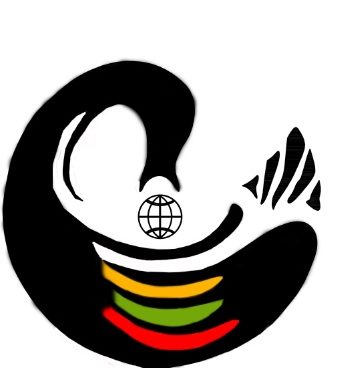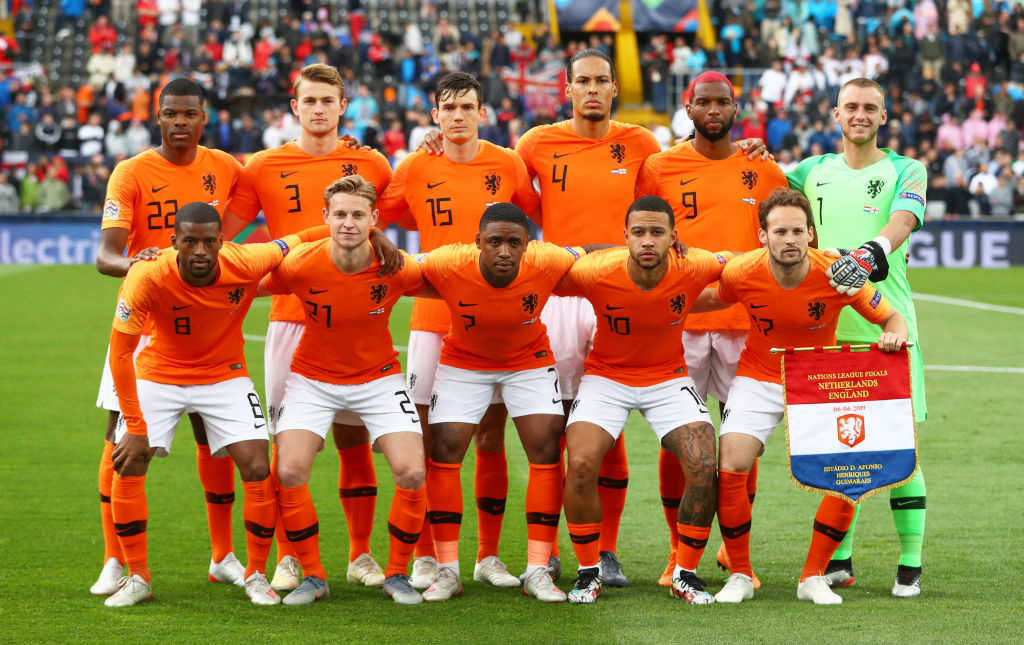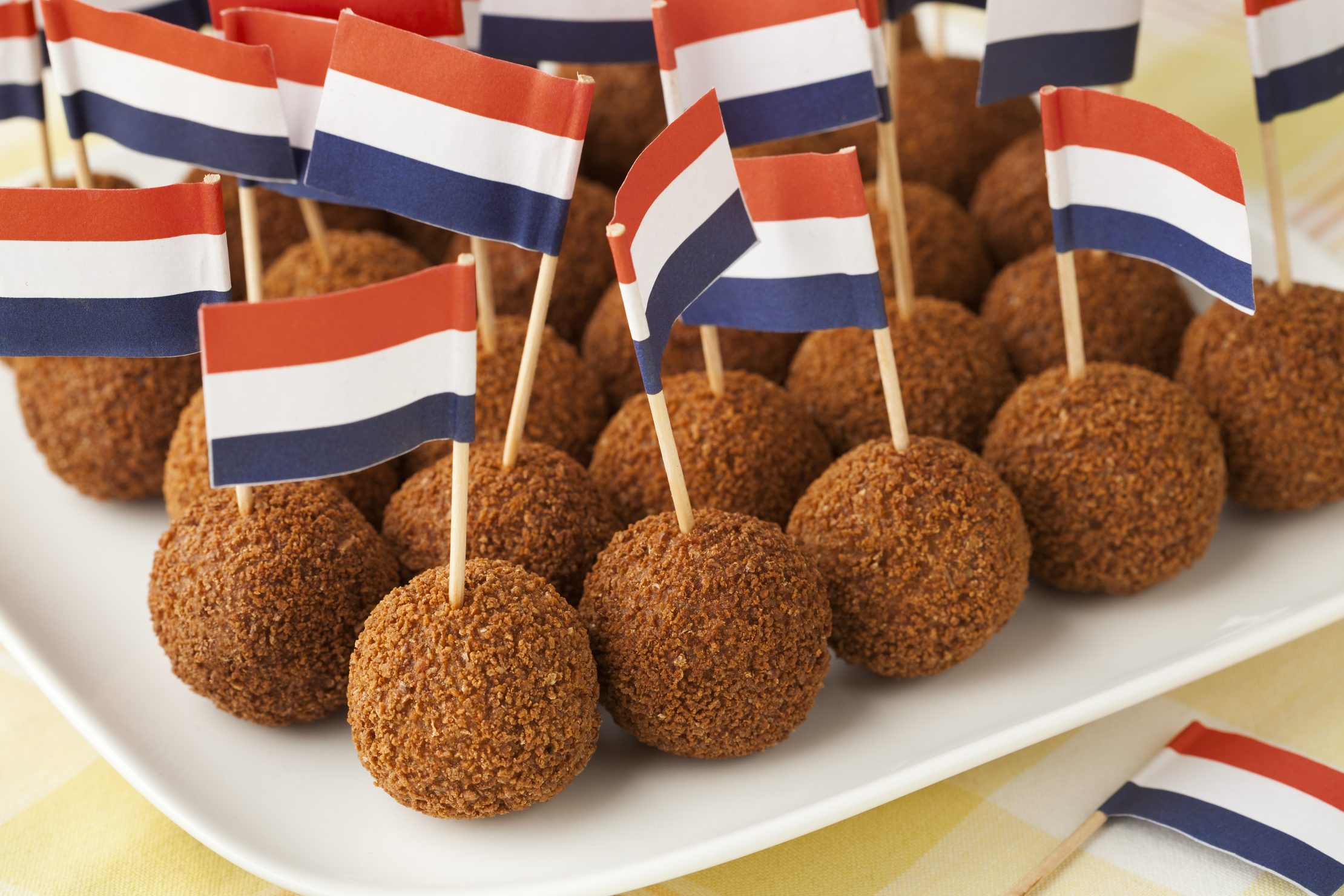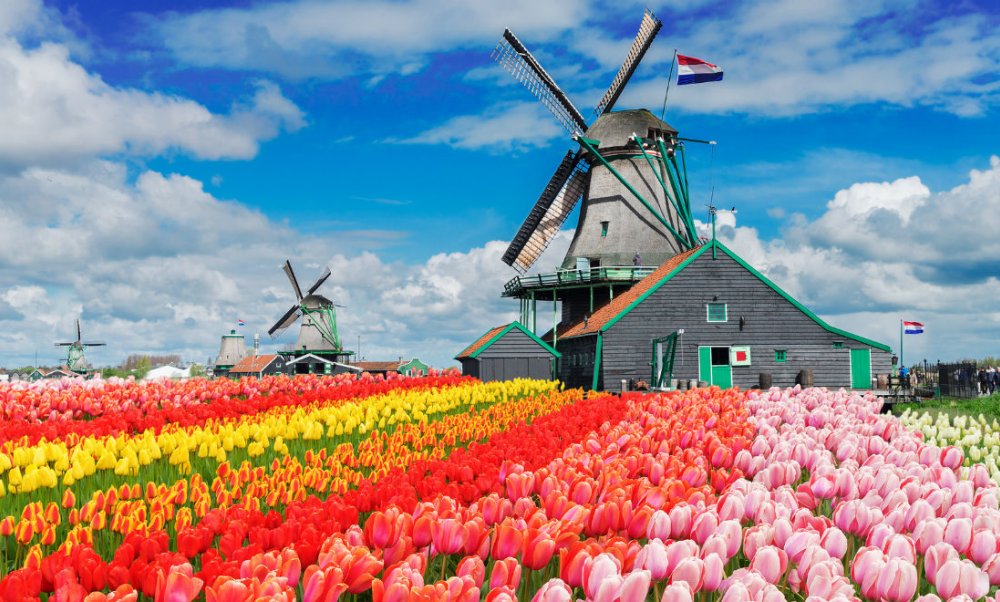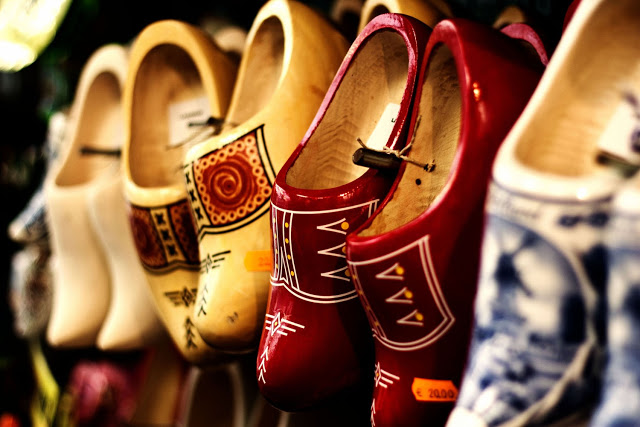Netherlands is a country located in northwestern Europe, also known as Holland. “Netherlands” means low-lying country; the name Holland (from Houtland, or “Wooded Land”) was originally given to one of the medieval cores of what later became the modern state and is still used for 2 of its 12 provinces (Noord-Holland and Zuid-Holland). Its former colonies in the Lesser Antilles include: Aruba, Bonaire, Curaçao, Saba, Saint Eustatius, and Saint Maarten. The capital is Amsterdam and the seat of government The Hague. With Belgium and Luxembourg, the Netherlands is a member of the Benelux economic union, which in the 1950s and 1960s served as a model for the larger European Economic Community (EEC; now embedded in the European Union [EU]). The Netherlands is bounded by the North Sea to the north and west, Germany to the east, and Belgium to the south. Popular belief holds that the Dutch are a mixture of Frisians, Saxons, and Franks. The language in the whole of the country is Dutch, sometimes referred to as Netherlandic, a Germanic language that is also spoken by the inhabitants of northern Belgium (where it is called Flemish). Afrikaans, an official language of South Africa, is a variant of the Dutch spoken by 17th-century emigrants from the Holland and Zeeland regions. Dutch cuisine is notable for many individual dishes, including filled pancakes (pannekoeken); pastries such as banket (an almond paste-filled treat), oliebollen (a deep-fried pastry dusted with powdered sugar), and speculaas (spice cookies); The history of Dutch painting offers such a deep, rich lode of names that only a few can be touched on here. The most notable are Rembrandt van Rijn and Vincent van Gogh.
Things to Do:
Visit the Van Gogh Museum
Explore the Canals of Amsterdam
Visit the village of Kinderdijk in South Holland to see the preserved windmills.
